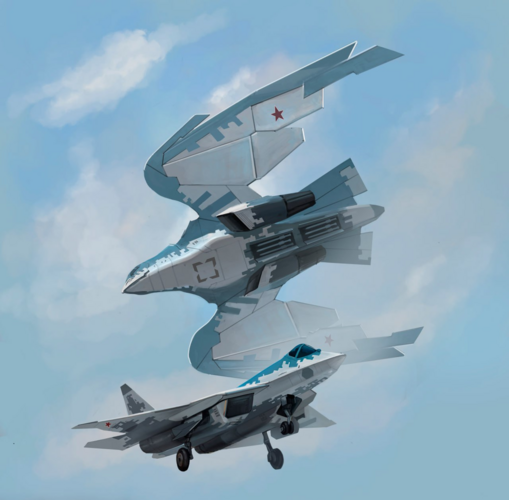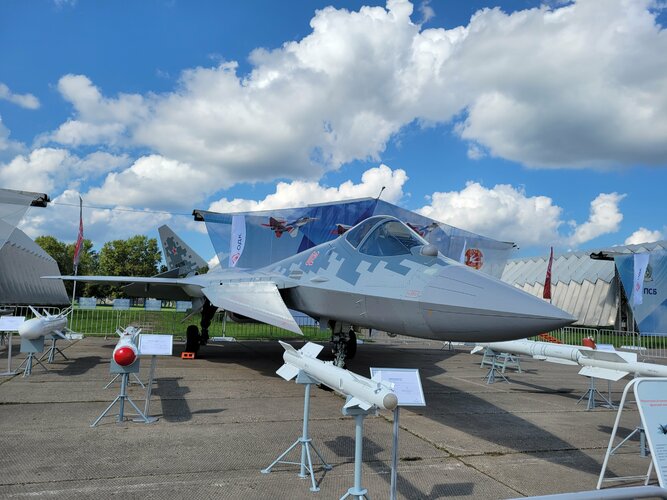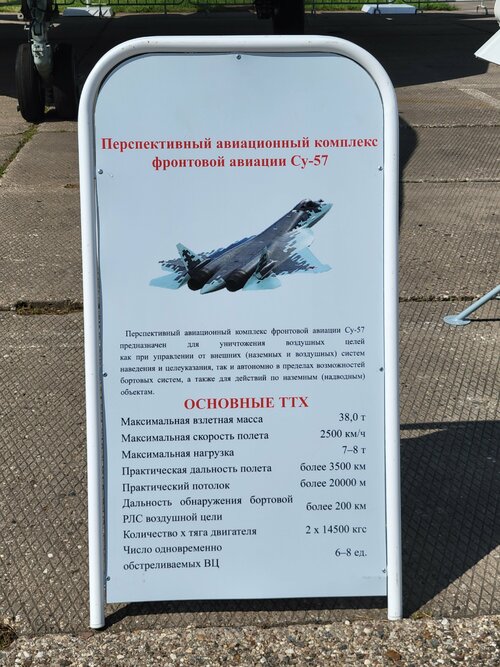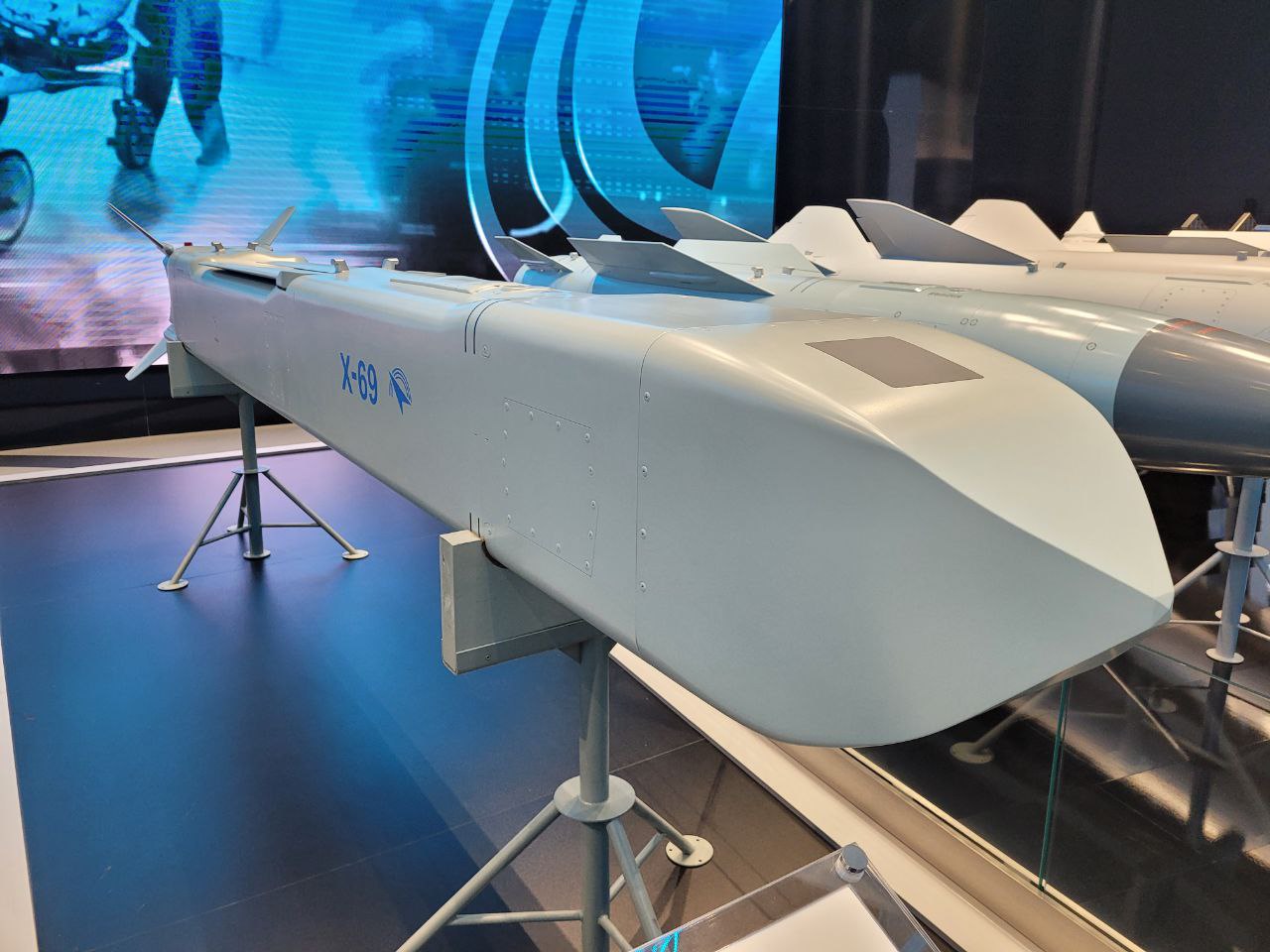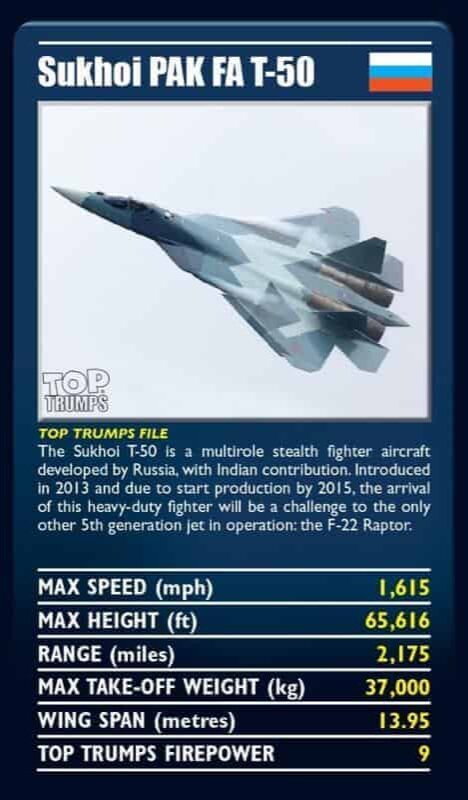TMA1
ACCESS: Top Secret
- Joined
- 6 February 2021
- Messages
- 556
- Reaction score
- 858
I surely hope so. Checkmate and su-57 are so awesome.
I love Russian aircraft. Might be wrong here but it seems Russia is the only military power with totally different doctrine and as a result their designs are usually quite different from the norm. Finally fifth gen fighters that have soul imo. China has different military doctrines as well and I love their fighters but they seem much more aligned with western style of fighting when it comes to air power.
I love Russian aircraft. Might be wrong here but it seems Russia is the only military power with totally different doctrine and as a result their designs are usually quite different from the norm. Finally fifth gen fighters that have soul imo. China has different military doctrines as well and I love their fighters but they seem much more aligned with western style of fighting when it comes to air power.
Last edited:

